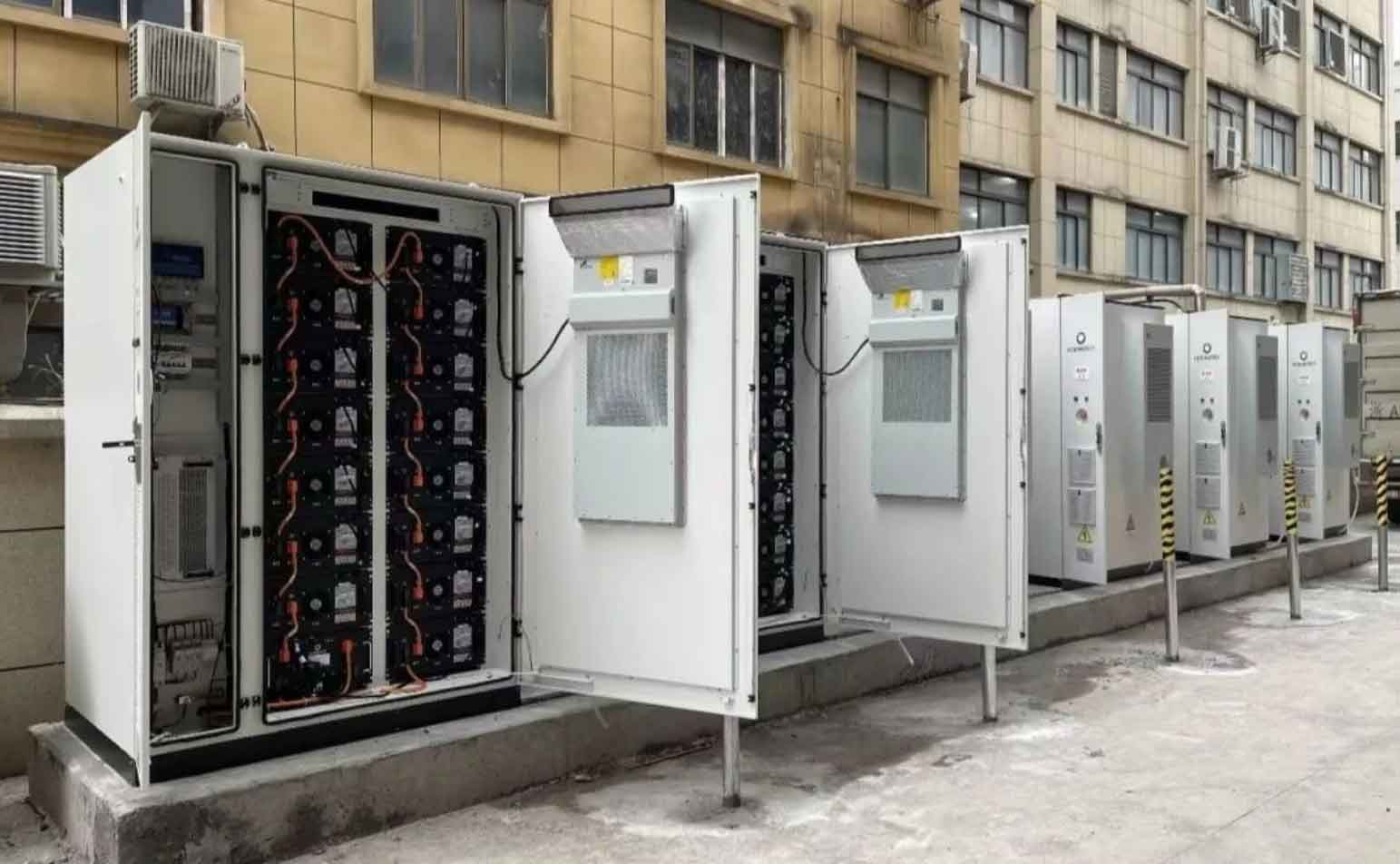In recent years, with the continuous and rapid growth of the scale of new energy generation in China, new energy storage has entered a period of large-scale development. In the new energy storage technology system, the BMS battery management system plays an important role in improving battery performance and extending battery life, among which battery balance management is an important component.

The energy storage battery PACK is composed of multiple cells, and there are two key indicators to examine the cells: one is the cell capacity, and the other is the state of charge (SOC) of the cells. When the battery PACK leaves the factory, the capacity and SOC of all cells are basically the same. Only in this state can all cells be fully charged and discharged synchronously.
But with the increase of service life and charging and discharging times, the internal of the energy storage battery pack inevitably changes, and the capacity or SOC of each cell will produce uneven phenomena. According to the barrel principle, the capacity of a barrel is determined by the shortest wooden board, and the capacity of the battery pack is also the same.
All battery cells in the energy storage system are charged and discharged synchronously. In the case of inconsistent battery cell capacity or SOC, as long as one cell is fully charged or discharged, other cells cannot continue to charge and discharge. Continuing to charge and discharge can cause overcharging and over discharging of cells with smaller capacity. In some cases, it can cause lithium ions inside the cells to precipitate into lithium elements, leading to damage to the internal structure of the cells, reducing the battery pack life, and in severe cases, it may cause dangerous events such as cell fires.
The demand for consistency optimization of energy storage batteries has given rise to energy storage BMS balancing technology. There are three variables that can be measured in real-time outside the battery cell: voltage, current, and temperature. By introducing variable information into the algorithm, the SOC value of each cell and the available capacity of the cell at this time can be obtained, and based on this, the inconsistent state between cells can be comprehensively judged to determine whether the battery pack needs to enter an equilibrium state. Battery equilibrium technology is mainly divided into passive equilibrium and active equilibrium.
Passive balancing, also known as energy dissipation balancing, works by paralleling a resistor on each battery cell. When a certain battery cell is fully charged in advance and needs to continue charging other cells, the resistor releases heat from the high voltage battery cell to compete for more charging time for the other cells.
Active balancing, also known as non energy dissipative balancing, works by transferring energy from high energy cells to low energy cells during charging and discharging cycles, redistributing the charge within the battery pack, thereby shortening charging time and extending discharge usage time.
Passive balancing is suitable for small capacity and low series lithium battery applications, while active balancing is suitable for large capacity and high series lithium battery applications. The core purpose of both active and passive balancing is to fully unleash the energy storage capacity of each battery cell and achieve maximum utilization of electricity.
